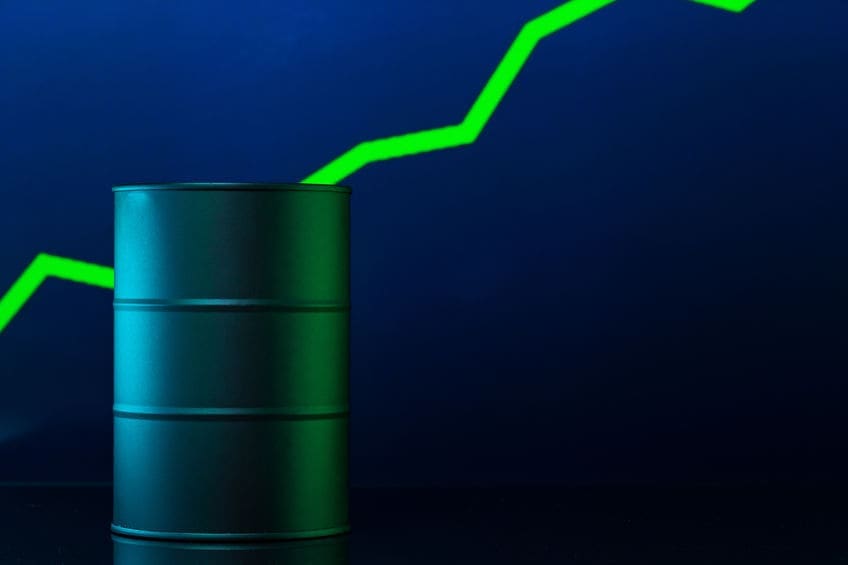The reaction to the global pandemic, Covid-19, has turned the social, economic and political world upside-down during the past year as governments implemented lockdown of businesses, prohibited travel, and even mandated “social distancing” and wearing of masks.
The creation and distribution of vaccines since the last few months of 2020 have relieved some of the restrictions and enhanced economic activity.
The Energy Information Administration (EIA) at the U.S. Department of Energy released its Short-Term Energy Outlook (STEO) this week forecasting U.S. gross domestic product (GDP) will grow by 5.6 percent in 2021 reversing a decline of 3.5 percent last year.
A positive change in economic activity will result in an increase in demand for energy.
EIA estimates world consumption of oil increased 4.7 million barrels per day (b/d) in March to 96.0 million b/d compared to March 2020, the beginning of the economic decline. EIA increased its oil demand projections from its last release stating global oil demand will rise an average of 5.5 million b/d this year over 2020 to 97.7 million b/d.
On the supply side, EIA expects crude oil production by OPEC will rise from an average of 25.1 million b/d in the first quarter (January to March) of 2021 to 25.8 million b/d in the second quarter (April to June) and to about 27.9 million b/d in the second half of 2021. EIA estimates U.S. oil production will increase from 11.1 million b/d in January to 11.4 million b/d in the fourth quarter. U.S. oil production peaked a year ago at 13 million b/d.
“The forecast of rising U.S. crude oil production is the result of our expectation that West Texas Intermediate (WTI) crude oil prices will remain above $55 per barrel through the forecast period,” EIA stated.
EIA forecasts oil prices for Brent crude oil on the international exchange will average $61-$65 this year. Brent crude usually trades $3-$4 higher than WTI on the New York Mercantile Exchange.
EIA expects gasoline consumption will increase as restrictions are removed and oil prices rise. “For the 2021 summer driving season (April to September), the EIA forecasts U.S. regular gasoline retail prices will average $2.78 per gallon, up from an average of $2.07 last summer.”
Natural gas consumption will average 82.9 billion cubic feet per day (Bcf/d) this year down 0.4% from 2020, EIA stated. Natural gas prices at Henry Hub averaged $2.62 in March which is down from $5.35 in February when demand peaked during a very cold winter storm. EIA forecast Henry Hub spot prices will average $3.04 for all of 2021.
Natural gas will be the largest fuel used to generate electricity with an estimated 36 percent market share this year. EIA expects wind and solar to continue growth and increase market share as electricity consumption increases by 2.1 percent in 2021 after falling 3.8 percent in 2020.
EIA estimated carbon dioxide (CO2) emissions decreased by 11 percent in 2020, but forecasts a 5 percent increase this year because of increased economic activity and energy use.
Alex Mills is the former President of the Texas Alliance of Energy Producers.
Alex Mills is the former President of the Texas Alliance of Energy Producers. The Alliance is the largest state oil and gas associations in the nation with more than 3,000 members in 305 cities and 28 states.






